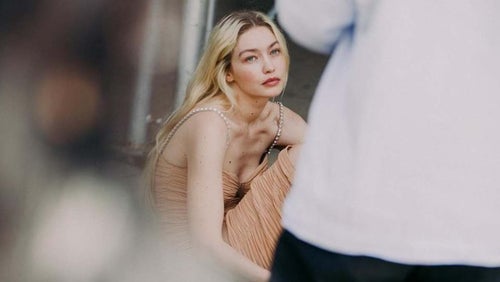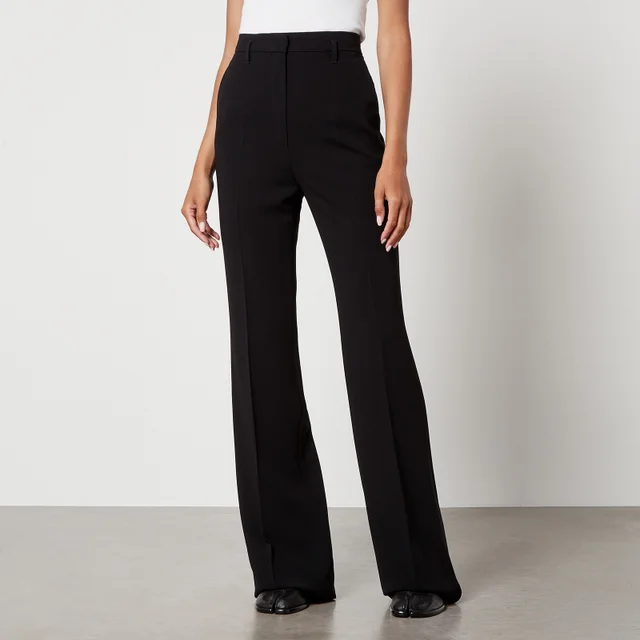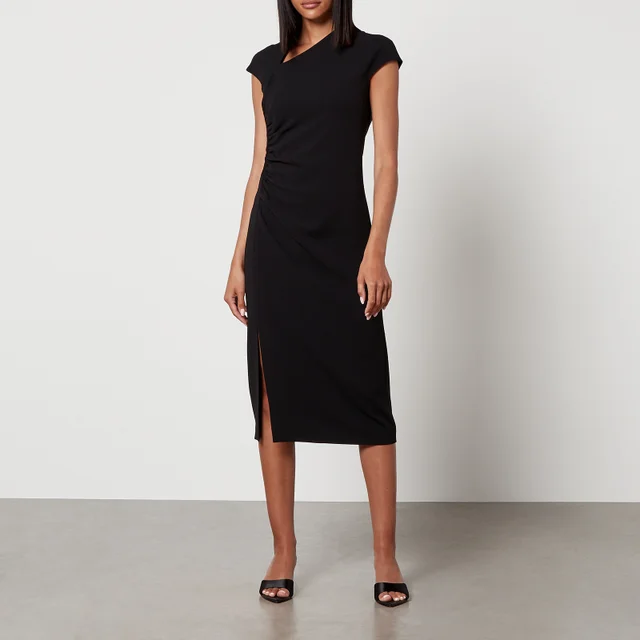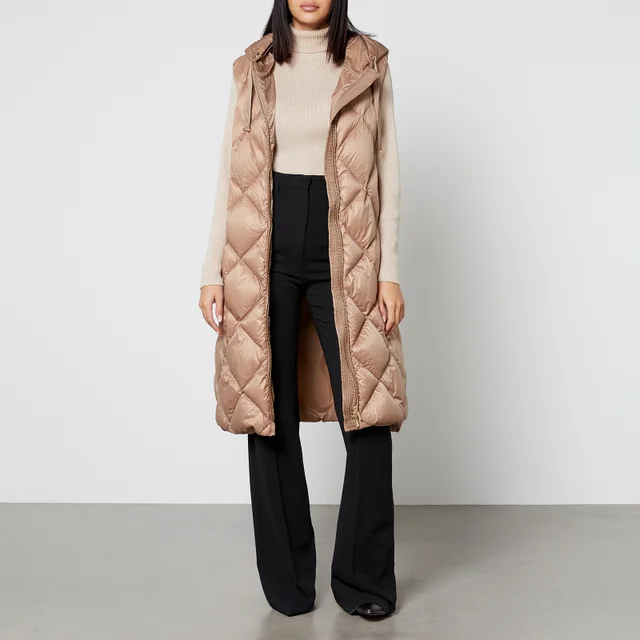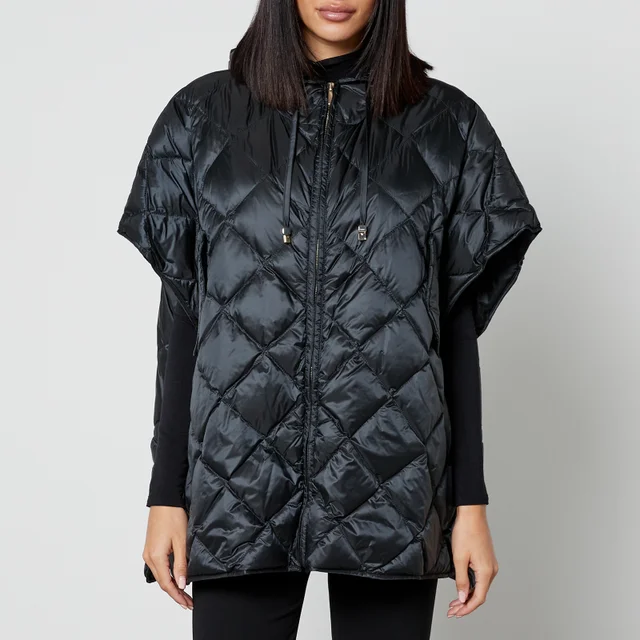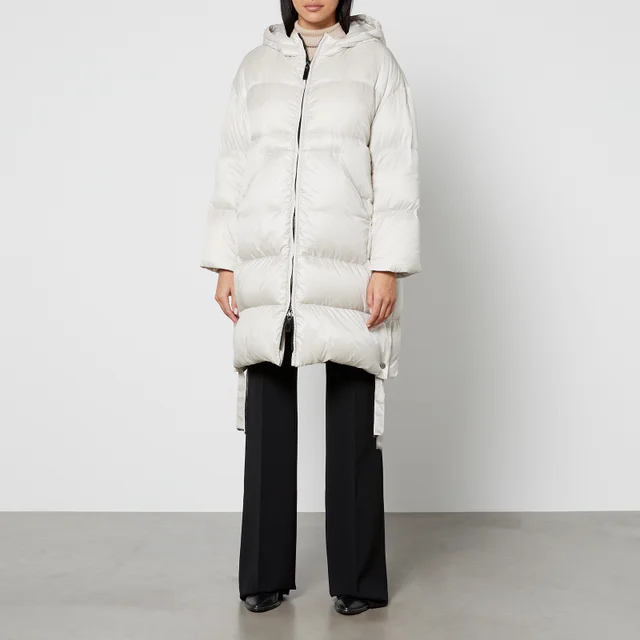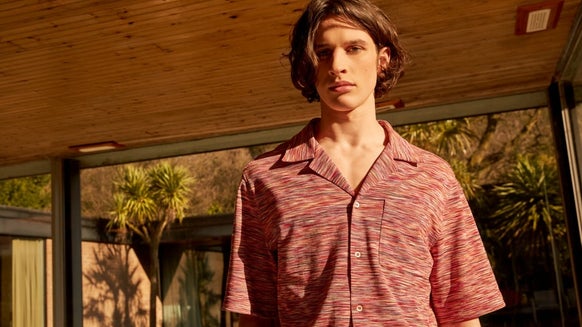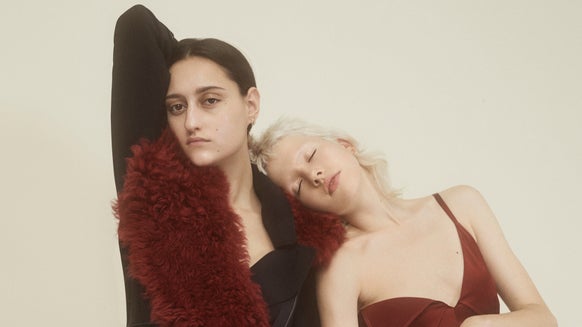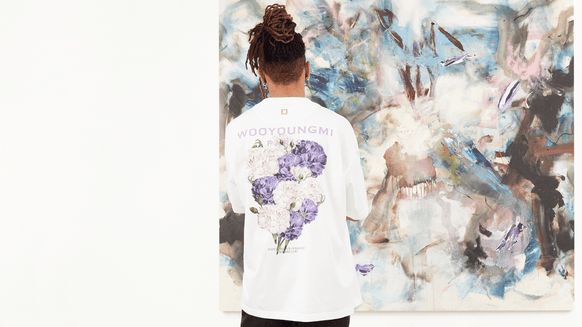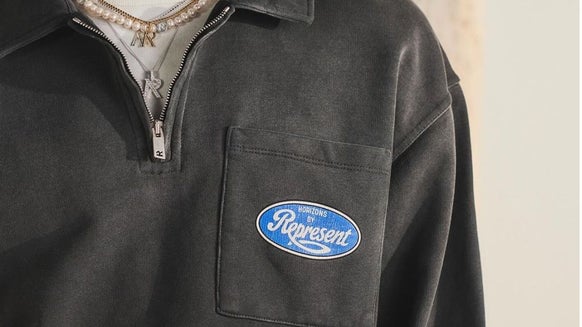The fashion powerhouse Max Mara is one of the oldest Italian labels, admired for its sophisticated elegance and luxury fabrics and construction. Working with some of the most iconic photographers, supermodels and fashion editors, the brand’s heritage and long-standing presence have cemented its elite status. Taking a closer look at the brand, here is everything you need to know about the label and the difference between Max Mara Studioand Max Mara The Cube. The History of Max Mara
Max Mara was founded in Reggio Emilia, Italy in 1951 by Achille Maramotti. With a vision and good business intuition, Maramotti decided to specialise in the production of coats. Inspired by the most sophisticated French High Fashion their coat collection was feminine, elegant and made from luxury fabrics and cutting-edge industrial tailoring techniques. Italy has always considered fashion a typically hand-crafted process, so Maramotti's desire to manufacture his clothing line was a very revolutionary decision at the time. The iconic camel coat and geranium red suit from their first collection is still recognised today. By 1954 the company had over 200 employees and by 1958 Maramotti has started advertising the brand with its poster designed by Erberto Carboni. By the ’60s the brand was featured in magazines such as Arianni and was later followed by a plus-size collection. In the ’70s and 80’s the ‘Made in Italy’ style made its mark on the world as a result of the Max Mara brand. Its unmistakable style identity continued to grow, taking on the name ‘Max Mara’ a sharp name that would be more globally digestible. The brand debuted in Paris and launched the iconic 101801 coat in collaboration with Anne Marie Beretta. The coat was a wool and cashmere blend with oversized kimono-style sleeves. Fun fact, it has been included in every winter collection since. Over the years the fashion house employed some of the most iconic designers from Karl Lagerfeld, Emmanuelle Kahn, Franco Moschino, Jean-Charles de Castelbajac, Dolce & Gabbana and Narciso Rodriguez. However, all designers worked anonymously, in cooperation with the house team as no name was bigger than the Max Mara brand.
Max Mara Studio
Max Mara Studio is one of Max Mara’s diffusion lines along with others Weekend Max Mara, ‘S Max Mara and MAX&Co to name a few. It focuses on more contemporary pieces, that are modern staples with a more casual feel. In keeping with the Max Mara brand, the collection features clean lines with a sophisticated finish with an ultra-chic style.The Max Mara Studio coats are obviously one of their trademark pieces in line with the whole brand. Their key features are that they are lightweight, breathable, transitional styles that can adapt to temperatures. Luxuriously finished and hand-stitched.Their Alpaca coats are made from the wool of a Suri Alpaca which is a rare breed that lives at an altitude of 5,400M. In comparison to normal alpacas live around 3,500M above sea level. Their fur is a high-quality faux finish with a stunning shiny finish which keeps you extremely warm. Max Mara The Cube
Max Mara The Cube is an integrated collection of outerwear and accessories. It encapsulates the constant pursuit of innovation inherent in the brand. It merges a pioneering spirit with easy living that you need from contemporary clothing. Cameluxe is an innovative new project from Max Mara The Cube which uses technology powered by Imbotex Lab. It’s a new frontier for mindful fashion, using discarded camelhair fabrics upcycled from our legendary coats. This creates a warm insulated pad for practicality. The idea is that the brand is capable to maintain the same properties as virgin materials without requiring additional consumption. How is Camerluxe created?
Cameluxe is created in 3 steps: - The brand recovers the materials which are gathered and sorted from our manufacturers in Italy.
- They are then transformed through a mechanic process into very fine fibres.
- Lastly, the fibres are blended with recycled polyester creating a high-performance insulating mix, ready to be processed to create the pad.


